For several years now, since the introduction of wind farming, reports have circulated of dead bats being found at the foot of wind turbines erected in depopulated areas across the United States and Europe. Such fatalities are thought to be in the thousands each year. A body of research has been amassed to analyse the cause of these deaths. It seems that if a bat flies into an area of intensified pressure drop, just behind the blades of the turbine, its lungs will simply explode.
In Listening in the Dark, a winner of the Jerwood/FVU Awards 2018 and currently on show at Mother’s Tankstation in Dublin, Maeve Brennan uses this curious story as the central conceit for a meditative, quietly urgent film work. Plotted like a mystery story, the bat fatalities are presented initially as unexplained facts; what follows resembles an investigative process, though it quickly becomes clear that the terms of this investigation are far more wide-ranging and philosophical than they initially appear.
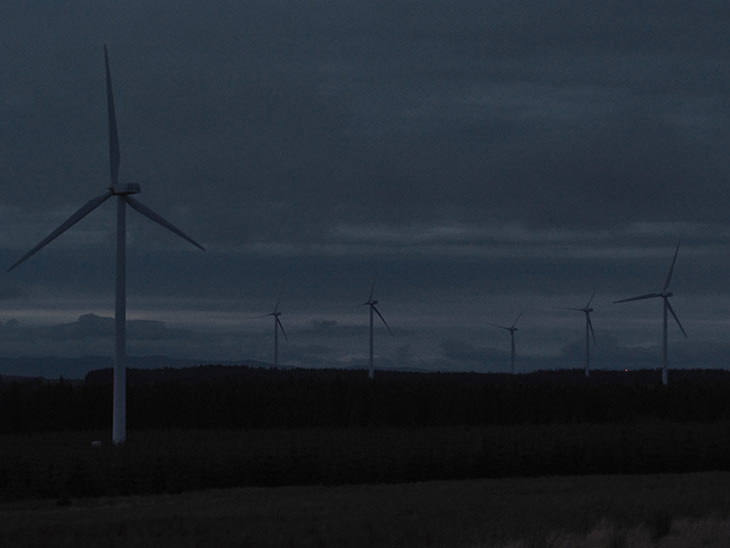
Listening in the Dark (still; 2018), Maeve Brennan. Courtesy the artist and mother’s tankstation Dublin/London.
The Jerwood/FVU Awards for 2018 requested proposals for work that responded to the term ‘unintended consequences’, coined by sociologist Robert K. Merton in the 1930s. Brennan duly developed a set of ideas that hover around, without ever quite mentioning, the threat of ecological destruction. In her film, specialists are presented to speak about their research on bat biology, or conservation, or the history of the science itself. At one point, one of Brennan’s interviewees talks about her route into her field of expertise, explaining it was only by becoming a specialist that she could register the vastness of that field, the impossibility of understanding it. This is what Brennan is interested in: the inherent unknowability of what we think of as ‘knowledge’.
The interviews are filmed in professional scientific spaces, labs and research facilities but also museums, where scientific knowledge is preserved. A conservator handles a taxidermy bat, a relic of an earlier age of scientific enquiry. Another scientist, a chiropterologist (or bat specialist), speaks about the history of bat biology, as the viewer follows him into dark outdoor areas, forests and caves, undertaking field research. He talks in particular about the work of Donald Griffin, the pioneering zoologist who undertook research in the 1940s that led to the identification of echolocation – the form of sonar bats use to hunt and avoid obstacles. Brennan reproduces archival footage of their experiments blocking bats’ ears and monitoring reductions in their navigational capacity. These tests led to the development of the bat detector, the first machine capable of translating the high-frequency sonic language of bats into something audible to human ears. This enabled, for instance, an understanding of the evolutionary conflict between bats and the moths they prey on, the development of biological features for hunting and counter-measures for escape, in what Brennan has described as an ‘evolutionary arms race’ between the two.
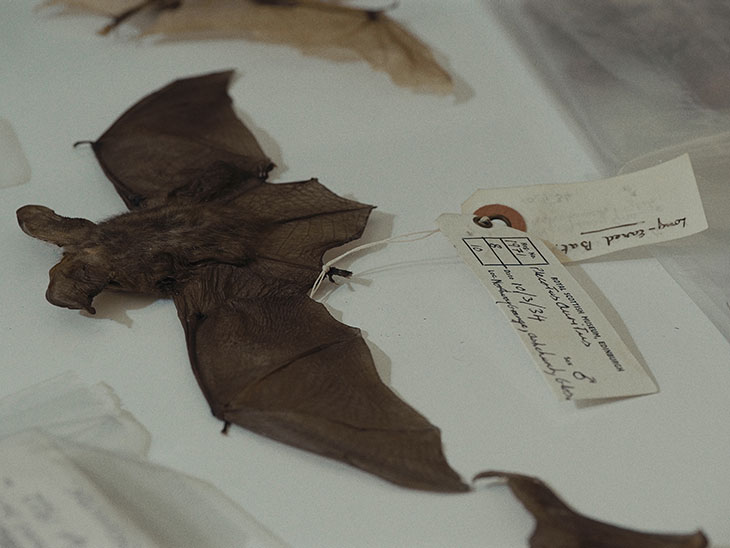
Listening in the Dark (still; 2018), Maeve Brennan. Courtesy the artist and mother’s tankstation Dublin/London.
Brennan’s reverence for the implements and contexts of scientific enquiry is very much in evidence. At moments, the approach seems almost too polite. Thankfully, Listening in the Dark is counterbalanced by the introduction of other complicating materials; the interviews are intercut with more abstract visual threads, merging documentary and poetic registers. The internal logic of the film is slow, gestational, associative. Bold white text is superimposed on landscapes of wind turbines, in forested areas or on hillsides in Scotland. There are passages of strange, grainy black-and-white archival footage of what seem to be exploding dark pools of liquid, or a metallic structure folding, melting. Another tangent leads to a consideration of whale sonar and the complex configuration of factors that enables these animals to communicate across such vast distances.
This leads Brennan, unexpectedly, to Siccar Point, a rocky promontory jutting into the North Sea at a remote point along the east coast of Scotland, and associated with another moment of scientific breakthrough: the discovery, in the late 18th century, of deep (geologic) time. This concept – which recognised the sheer age of the planet – was developed by, among others, the Scottish geologist James Hutton. ‘Hutton’s Unconformity’ was a reference to the violent conjunction of different landmasses, traceable to different geological periods, which demonstrated the ongoing agitation of geological activity beneath the sea, rock being formed in slow yet constant revolutions. Siccar Point became a key visual representation of the term, with its two interlocked rock-forms datable to two disparate geological eras. Hutton’s word ‘unconformity’ is used in Brennan’s work, making clear the implication that humanity’s devastation of millennia of land formations over recent centuries, through mining, extraction and industrial production, accumulating synthetic materials and unbalancing ecosystems – the concatenation of seismic human-led events now referred to as the Anthropocene – represents another such unconformity.
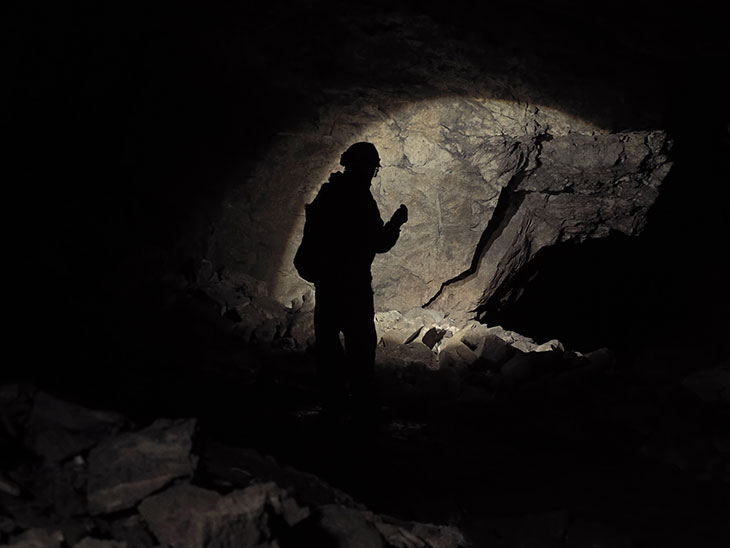
Listening in the Dark (still; 2018), Maeve Brennan. Courtesy the artist and mother’s tankstation Dublin/London.
Again, it is the inconceivability of such colossal concepts that is of interest to Brennan. In the publicity material for the exhibition, Donna Haraway is cited as an intellectual touchstone for the work. Brennan is interested in thinking through ways in which we might apprehend such monumental concepts as the Anthropocene. In fact, Listening in the Dark made me think of another contemporary writer, Daisy Hildyard, whose The Second Body (2018) outlines a means of conceiving of our global interconnectedness, and the duty it entails. Brennan makes no such grand claim, preferring to think through inconceivability, as it were. There is one resonating detail, however. Returning to the central conceit, the dead bats at the turbine bases, a narrator describes these animal remains as small warning signals, outcrops of an extraordinarily complex ecosystem, one whose functions only become visible when things start to go wrong. Of course, by then, it may be too late.
Listening in the Dark ends on that same reflective, inconclusive note, leaving the viewer with the impression of things we cannot hear, dark whisperings of extinction. But Brennan refrains from catastrophising. Instead, she ends by noting that new coral species have begun to cluster at the base of marine wind turbines, attracting seals: another unintended consequence. This development is not presented as either positive or negative; in terms of humanity’s globalised ecological psychodrama, it has no bearing. It is a simple fact, a newly emergent symbiotic evolutionary pattern, indifferent to the human structures underpinning it; a sense of the unknowable event-patterns of future (non-human, post-human) life.
‘Listening in the Dark’, is at Mother’s Tankstation, Dublin, until 3 November.
Unlimited access from just $16 every 3 months
Subscribe to get unlimited and exclusive access to the top art stories, interviews and exhibition reviews.

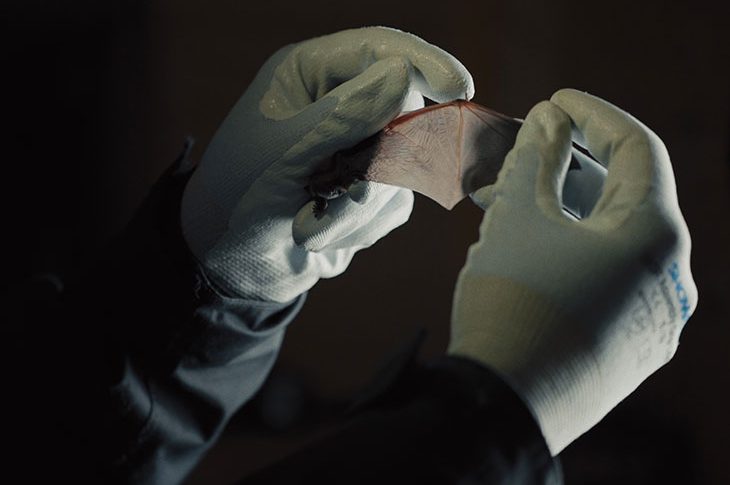

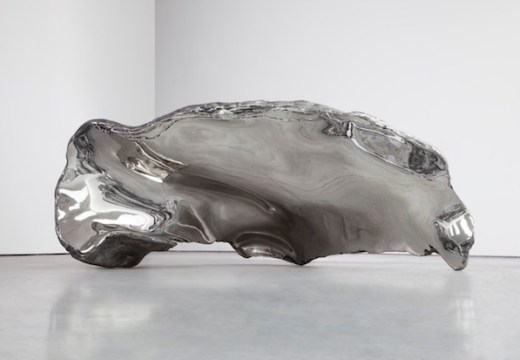
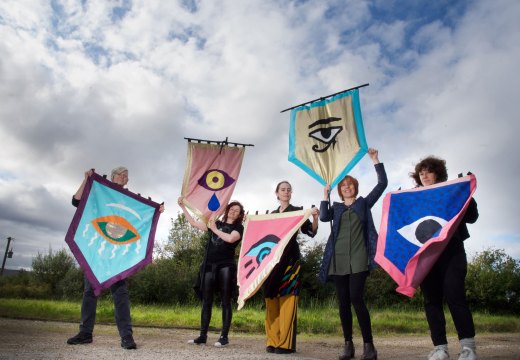









![Masterpiece [Re]discovery 2022. Photo: Ben Fisher Photography, courtesy of Masterpiece London](http://www.apollo-magazine.com/wp-content/uploads/2022/07/MPL2022_4263.jpg)
Has the Fitzwilliam lost the hang of things?